Why Professional Gas Line Installation Matters for Your Home's Safety
Gas line installation is a critical home improvement project that requires government approval, proper permits, and expert knowledge to ensure your family's safety. Whether you're connecting a new gas stove, water heater, or upgrading to natural gas for better efficiency, understanding the process helps you make informed decisions about this major investment.
Quick Answer for Gas Line Installation:
- Obtain permits from your local building department (plumber's or mechanical permit required)
- Calculate proper pipe sizing using BTU load and Longest Measured Run (LMR)
- Choose approved materials like black iron pipe or certified CSST
- Turn off gas supply at the house-side shutoff valve
- Install and seal pipes using gas-grade plumber's tape and pipe sealant
- Test thoroughly with pressure testing and soapy water leak detection
- Schedule inspection before connecting appliances
Gas line installation connects your home to one of the most efficient and clean energy sources available. Natural gas powers everything from stoves and water heaters to furnaces and fireplaces, offering consistent performance and lower carbon emissions compared to oil and propane.
Safety comes first in every gas line project. As one experienced contractor noted from thousands of installations: "High-quality installation could save you thousands over the course of your system's life by making maintenance easier and less frequent." The dangers of gas leaks, explosions, and carbon monoxide poisoning make professional expertise essential.
Most homeowners find that gas line work involves more complexity than expected. The size of your gas piping depends on both the length of the piping system and the total energy consumption of your appliances, measured in British Thermal Units (BTU). Getting these calculations wrong can lead to poor appliance performance or dangerous conditions.
Ready to move forward with confidence? Contact Sureway Comfort for expert gas line installation that meets all safety codes and local regulations in the Bridgeville area.
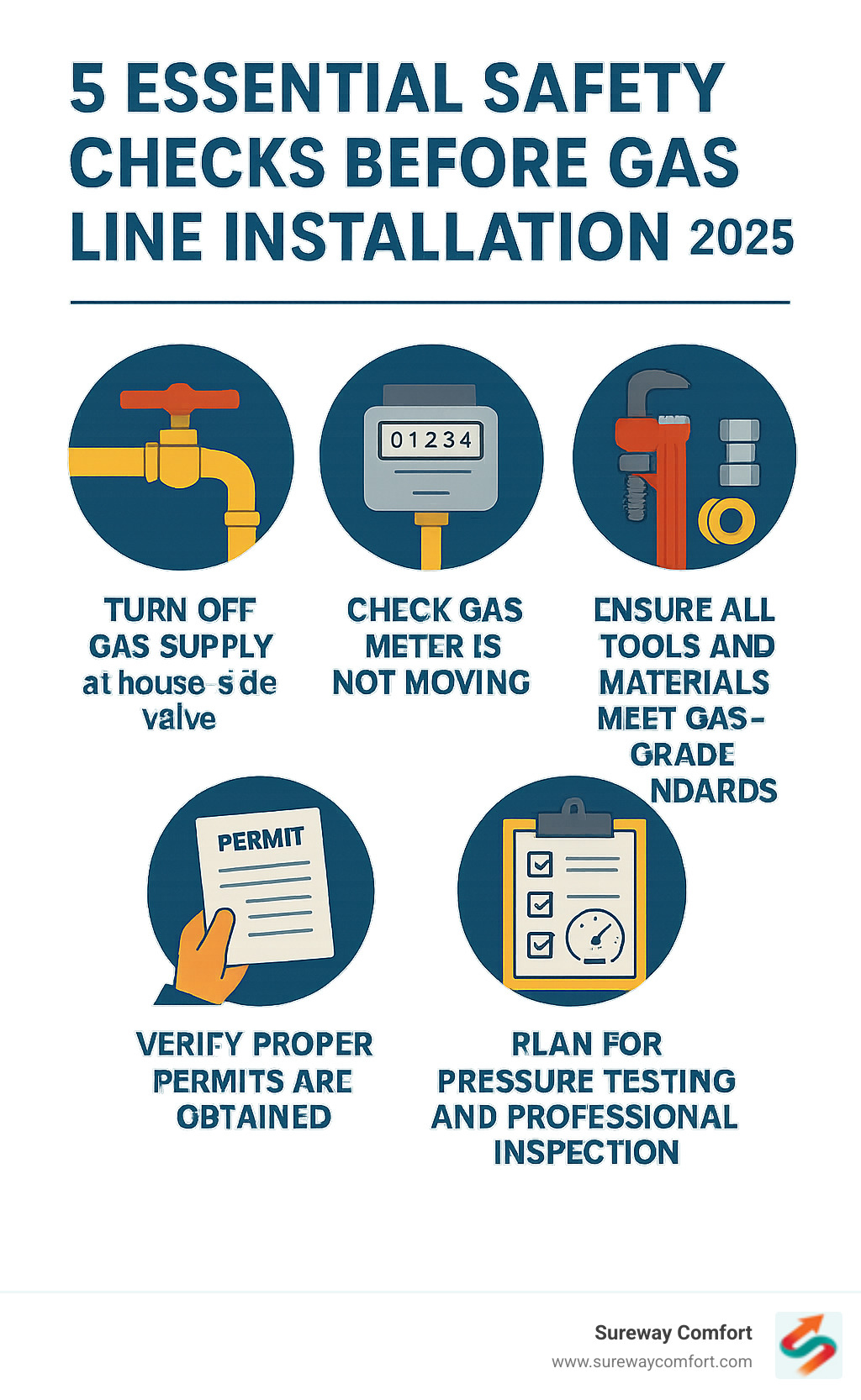
Handy gas line installation terms:
Planning Your Project: Permits, Pipes, and Proper Sizing
Think of planning your gas line installation like preparing for a road trip – you wouldn't just hop in the car and drive without checking your route, right? The same goes for gas lines. Before we even think about touching a wrench, we need to map out every detail: permits, materials, and sizing calculations that'll keep your family safe and your appliances running perfectly.

Obtaining Permits and Understanding Regulations
Here's the deal – government approval isn't optional when it comes to gas lines. Your local building department requires either a plumber's permit or mechanical permit before any work begins. Whether you're in Bridgeville, South Fayette, Upper St. Clair, or anywhere else in our service area, these permits ensure your installation follows strict safety standards.
Don't think of permits as red tape. They're actually your safety net! Local plumbing codes exist because gas leaks can be deadly serious. These regulations specify everything from pipe materials to installation techniques that prevent accidents and protect your home.
Once your installation is complete, you'll need to schedule inspections with your local authority. This final step verifies that everything meets code requirements and is safe to operate. The inspector will check your work against local standards, ensuring your family's safety for years to come.
For a deeper dive into regulations, check out an overview of plumbing codes to understand what inspectors look for during their visits.
Choosing the Right Pipe for Your Gas Line
Not all pipes are created equal – especially when it comes to gas! The two main players in residential gas lines are black iron pipe and Corrugated Stainless Steel Tubing (CSST), and each has its own superpowers.
Black iron pipe is the traditional workhorse of gas installations. It's incredibly durable and has proven itself over decades of reliable service. This rigid steel piping requires careful cutting and threading, but once installed, it's built to last.
CSST brings flexibility to the table – literally! This corrugated stainless steel tubing can bend around obstacles, making it perfect for snaking through finished walls and tight spaces. Installation goes faster because you need fewer fittings and connections.
Here's what you need to know about pipe specifications: residential gas lines typically range from half an inch to one and a half inches in diameter. The exact size depends on your home's gas demand and the distance from your meter.
Some materials are absolutely prohibited for gas lines. Copper and plastic might work in other applications, but they're either banned or heavily restricted for residential gas because of safety concerns. We stick to approved materials that meet the highest safety standards.
How to Correctly Size Gas Pipes
Imagine trying to drink a milkshake through a coffee stirrer – frustrating, right? That's exactly what happens when gas pipes are too small for your appliances. Proper sizing ensures every burner, furnace, and water heater gets the gas flow it needs.
British Thermal Units (BTU) tell us how much energy each appliance consumes. Your water heater might need 40,000 BTU, while your range could demand 65,000 BTU. We add up the total appliance load for every device that'll connect to each section of pipe.
The Longest Measured Run (LMR) is equally important. This measures the distance from your gas meter to the furthest appliance on each line. Longer runs require larger pipes to maintain proper pressure.
Here's where the math gets interesting: if your water heater (40,000 BTU), range (65,000 BTU), and dryer (25,000 BTU) are 65 feet from the meter, that's 130,000 total BTU over a 65-foot run. We use this information with official sizing charts to determine the correct pipe diameter for each section.
Professional sizing charts like this gas pipe sizing chart take the guesswork out of calculations. Getting these numbers right prevents low gas pressure, which can make appliances run poorly or even dangerously.
FeatureBlack Iron PipeCSSTMaterialBlack steelStainless steelFlexibilityRigid, needs fittings for turnsFlexible, bends around obstaclesInstallationMore labor-intensiveFaster installationDurabilityVery durable, long lifespanDurable with proper protectionFittingsStandard threaded fittingsSpecialized brand-specific fittingsBest UseMain lines, exposed runsBranch lines, finished spaces
The bottom line? Proper planning prevents problems. When you're ready to move forward with your gas line project, contact our experienced team to handle all the permits, materials, and sizing calculations for a safe, code-compliant installation.
The Step-by-Step Gas Line Installation Process
Now comes the exciting part – the actual hands-on gas line installation work! This is where years of experience and careful attention to detail really pay off. Think of it like performing surgery, but instead of a patient, we're working with your home's gas system. Every step requires precision, and there's absolutely no room for shortcuts or "close enough" work.

Working with gas isn't like fixing a leaky faucet – it's serious business that demands professional expertise. One small mistake can lead to dangerous gas leaks, explosions, or carbon monoxide poisoning. That's why our certified technicians follow a meticulous, step-by-step process that prioritizes safety above everything else.
Step 1: Shutting Off the Gas Supply and Preparing the Line
Before we even think about touching a pipe, we make absolutely certain the gas supply is completely shut off. We locate the main shutoff valve near your gas meter and give it a quarter turn to stop all gas flow into your home. But we don't just trust the valve – we always double-check by watching the gas meter to make sure it's completely still. No movement means no gas flowing, and that's exactly what we want to see.
Once we've confirmed the gas is off, we assess what type of project we're dealing with. Are we installing a brand new line from scratch, or are we extending an existing system? This makes a huge difference in our approach. New installations require us to design the entire run from your gas meter to the new appliance location, calculating proper sizing for the whole system. Altering existing lines means we're working with what's already there, but we still need to verify the current pipes can handle the additional load.
Here's something many homeowners don't realize: sometimes extending an existing line isn't possible if the current pipe doesn't have sufficient capacity. In those cases, we need to run a completely new line from the gas manifold. It's like trying to add another lane to a highway that's already at capacity – sometimes you need to build a whole new road!
Step 2: Assembling and Securing the Pipes
This is where the real craftsmanship comes in. For black iron pipes, we carefully cut each piece to the exact length needed and thread the ends using specialized equipment. These threads need to be perfect – too shallow and the connection won't seal properly, too deep and you can weaken the pipe. It's a skill that takes years to master.
When working with CSST (Corrugated Stainless Steel Tubing), the process is different but equally precise. We cut the flexible tubing to size and attach the brand-specific fittings that are designed exclusively for that particular system. These aren't universal parts – each CSST manufacturer has their own specialized fittings.
Now here's where we get a bit obsessive about quality: for every threaded connection, we use both gas-grade plumber's tape and pipe sealant. We wind the tape exactly five times in the direction of the threading, then apply a layer of pipe sealant over it. This double-layer approach creates an incredibly strong, airtight seal that will last for decades. We never use regular household tape on gas lines – that's asking for trouble down the road.
Installing shutoff valves is another crucial part of this step. These valves need to be positioned strategically so you can easily access them if you ever need to shut off gas to a specific appliance. The codes are very specific about this: most appliances need their shutoff valve within 3 feet, though dryers can be up to 6 feet away and log lighters up to 4 feet. We make sure every installation meets these exact standards because your safety depends on it.
For those in the Upper St. Clair area looking for professional gas line installation, you can find more info about gas line installation in Upper St Clair PA on our services page.
Step 3: Testing the New Line for Leaks
This final step is absolutely critical – it's where we prove that our work is safe and ready for your family. We never skip this part, no matter how confident we are in our installation. Think of it as the final exam that determines whether the project passes or fails.
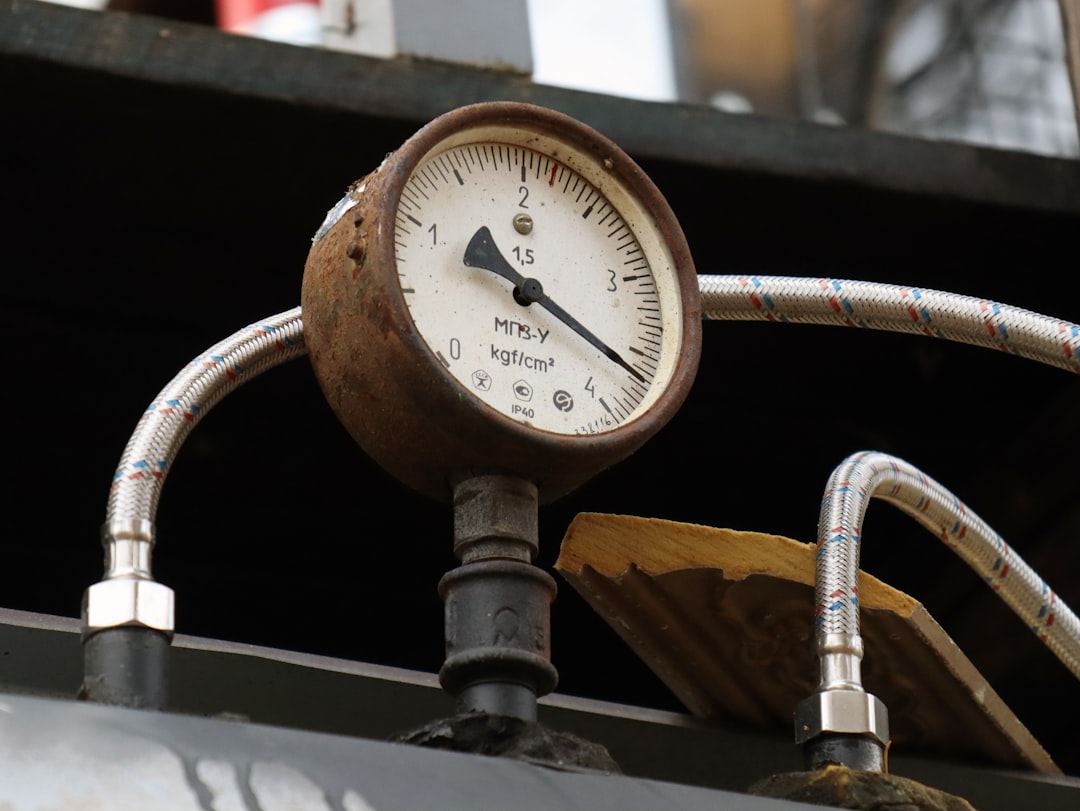
We start with a pressure test that puts your new system through its paces. After plugging the end of the line and connecting our pressure gauge, we fill the pipes with air using an air compressor – typically to about 100 psi. That's much higher than the normal operating pressure of 15-20 psi, so if the system can handle this test, it'll easily handle everyday use.
The waiting game begins next. We let the system sit under this high pressure, often overnight, then check our gauge. If the pressure holds steady, that's a great sign. But we're not done yet – we follow up with the soapy water test. We spray every joint and connection with a mixture of dish soap and water, then watch carefully for bubbles.
Even the tiniest bubble means there's a leak, and we address it immediately. We might need to tighten a fitting, reapply pipe sealant, or in some cases, replace a section entirely. We don't move forward until we achieve a completely bubble-free, airtight system. Only then do we connect the line to your gas source and prepare for the final inspection.
This thorough testing process gives us – and you – complete confidence that your new gas line installation is safe, reliable, and ready to serve your family for years to come.
Common Mistakes and When to Call a Professional
Look, we get it – there's something deeply satisfying about tackling a home project yourself. But when it comes to gas line installation, we've seen enough DIY disasters to know that this isn't the time to test your handy skills. The stakes are simply too high, and honestly, we'd rather keep you safe than make a sale.
Common Mistakes in DIY Gas Line Installation
After years of fixing what others have attempted, we've noticed some patterns in DIY gas line installation gone wrong. The most dangerous mistake we see is incorrect pipe sizing – homeowners often underestimate just how complex those BTU and LMR calculations really are. When you get the math wrong, your appliances either won't work properly, or worse, you could create unsafe pressure conditions.
Improperly sealed joints are another red flag we encounter regularly. Some folks think a quick wrap of regular tape will do the trick, but gas lines demand gas-grade plumber's tape applied exactly right, plus pipe sealant. Skip either one, and you're asking for trouble.
We've also walked into homes where people used completely wrong materials – like flexible water pipes for gas lines or copper tubing where it's not approved. Each material has specific applications, and using the wrong one isn't just against code; it's genuinely dangerous.
Then there's the permit situation. Some homeowners figure they can skip the paperwork and save a few bucks, but remember what we said earlier: "Gas line installation is a major project that needs government approval." Those permits aren't just bureaucratic hassle – they ensure proper inspections that could save your life.
The final mistake that makes us cringe? Inadequate leak testing. A quick sniff test or eyeballing connections won't cut it. Proper testing means pressure testing at 100 psi and methodically checking every joint with soapy water. There's no shortcut here.
Why and When You Should Hire a Professional
Here's the truth: "If you have never done this process before, you should not do it yourself. It's dangerous to handle gas-related projects without experience." We couldn't agree more with this wisdom.
Complex projects absolutely require professional expertise. Running lines through walls, connecting multiple high-BTU appliances, or working near main gas supplies – these aren't weekend warrior projects. When you lack experience with gas codes, proper pipe sizing, or advanced leak detection techniques, you're putting your family at risk.
The beauty of hiring professionals lies in ensuring safety and compliance. We're licensed, insured, and we stay current on every local code change. When we complete your gas line installation, you get genuine peace of mind knowing everything meets safety standards. That's worth more than any DIY savings.
Large appliance hookups deserve special mention here. That new tankless water heater or commercial-grade range? They often need larger diameter lines and precise installation techniques that take years to master.
But honestly, the most important time to call us is anytime you feel unsure. If there's even a tiny voice in your head questioning whether you should tackle this project, listen to it. Your safety is our business, and we're here to help.
We proudly serve the entire Bridgeville area with expert gas line installation services. Our team handles everything from simple appliance hookups to complex whole-house gas systems. For residents in South Fayette, you can learn more at more info about gas line installation in South Fayette PA.
Ready to move forward with confidence and safety? Contact us today for professional gas line installation that meets all codes and keeps your family safe.
Frequently Asked Questions about Gas Line Installation
We know that gas line installation can feel overwhelming, especially when you're trying to balance safety, cost, and regulations. That's perfectly normal! Over our years of serving homeowners in Bridgeville and surrounding areas, we've heard just about every question you can imagine. Let's walk through the most common ones together.
What are the essential safety precautions for gas line installation?
Safety isn't just our top priority – it's the foundation of everything we do. Think of it like this: you wouldn't skydive without checking your parachute multiple times, right? The same careful approach applies to gas work.
Turning off the gas supply is always step one. We locate that main shutoff valve near your meter and give it a quarter turn. Then we double-check that the meter isn't moving – no exceptions. Proper ventilation comes next because even when we think the gas is off, we want fresh air flowing through the work area.
Using correct tools and materials means gas-grade everything – pipes, fittings, tape, and sealant. Regular plumber's tape just won't cut it for gas lines. After installation, thorough leak testing becomes our moment of truth. We run that 100 psi pressure test and follow up with our trusty soapy water check on every single joint.
Following local codes isn't just about avoiding trouble with inspectors. These rules exist because they've prevented countless accidents over the years. Gas lines also need proper bonding with copper wire to protect against electrical issues – another reason why professional expertise matters so much.
What is the difference between installing a new gas line and altering an existing one?
It's like the difference between building a new road versus adding an on-ramp to an existing highway.
New installations require full system design, sizing, and permitting from scratch. We're starting with a blank slate, running line from your gas meter to a location that's never had gas service before. This means calculating the entire BTU load, determining pipe sizing for the complete run, and designing the whole system from the ground up.
Alterations involve extending or modifying an existing, properly sized system. Here's where it gets interesting – we need to make sure your current pipe has enough capacity to handle the additional appliance. Sometimes extending an existing line works perfectly. Other times, we find the original line is already at capacity, which means running a new, larger line from the manifold.
Both scenarios require permits and leak testing, but the planning phase looks quite different. It's why we always start with a thorough assessment of what you already have.
How much does a professional gas line installation typically cost?
While we can't give you specific numbers without seeing your unique situation, we can help you understand what influences the investment. Costs vary based on length, complexity, materials, and labor – but there's more to it than meets the eye.
Factors include appliance BTU requirements (higher BTU appliances often need larger pipes), pipe type (black iron versus CSST each have different material and labor considerations), and permit fees that vary by municipality. A simple 10-foot run to a gas dryer in an unfinished basement costs very differently than routing line through finished spaces to a high-BTU tankless water heater.
Distance matters too. That Longest Measured Run we talked about earlier? It doesn't just affect pipe sizing – longer runs mean more materials and labor time. Obtaining a professional quote is essential because every home and every project has its own personality.
We believe in transparent, upfront estimates that break down exactly what you're getting. No surprises, no hidden fees – just honest pricing for quality work that keeps your family safe.
Ready to get started on your gas line installation project? Contact us for a detailed assessment and quote custom to your specific needs. Our experienced technicians are here to guide you through every step of the process.
Your Partner for Safe and Reliable Gas Line Services
When you're considering gas line installation for your home, you're not just making a home improvement decision – you're making a safety decision for your entire family. That's why choosing the right partner matters so much. At Sureway Comfort, we've built our reputation on one simple promise: your safety and comfort come first, always.
Our team of certified technicians brings years of hands-on experience to every project. We're not just technically skilled; we understand that inviting someone into your home means trusting them with what matters most to you. That's why we take such pride in our professional expertise and our commitment to doing things the right way, every single time.
What sets us apart is our streamlined process that takes the stress out of gas line work. From the moment you call us, we handle everything – securing permits, calculating proper sizing, selecting the right materials, and conducting thorough testing. We know the local codes inside and out, whether you're in Bridgeville, South Fayette, Upper St. Clair, or anywhere else in our service area.
Safety compliance isn't just a box we check; it's woven into every aspect of our work. We follow strict adherence to safety codes because we know that cutting corners on gas line work isn't just unprofessional – it's dangerous. Our rigorous testing procedures and attention to detail ensure your system will operate safely for decades to come.
The peace of mind that comes with professional installation extends far beyond the day we finish the job. A properly installed gas line system means long-term system reliability, fewer emergency calls, and easier maintenance down the road. As one of our experienced technicians always says, "Quality installation today prevents headaches tomorrow."
Ready to move forward with confidence? Your family's safety deserves the expertise that only comes with professional installation. Contact us for your plumbing needs in Mt. Lebanon, PA or reach out through our main contact page. We're here to make your gas line installation project smooth, safe, and worry-free from start to finish.



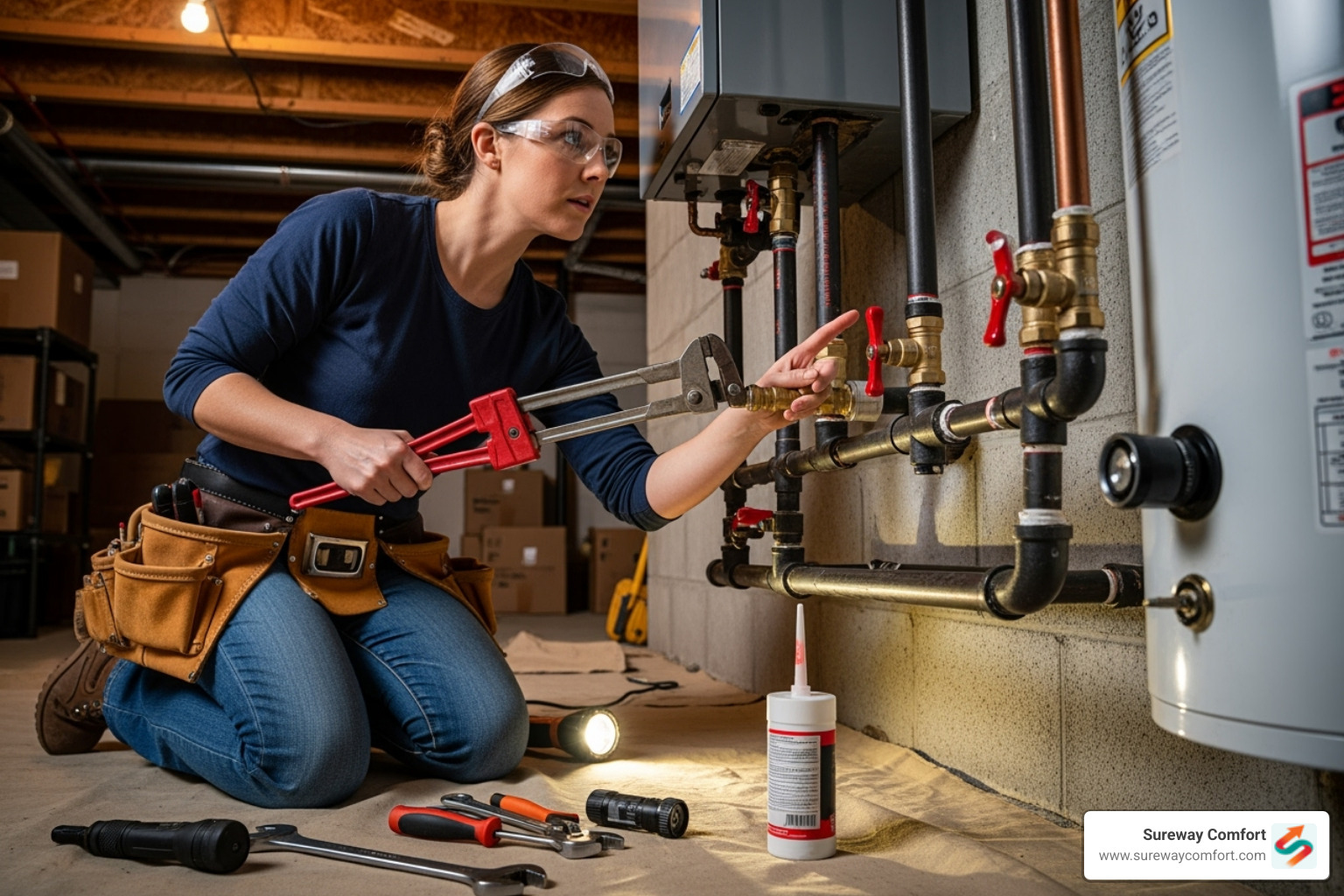
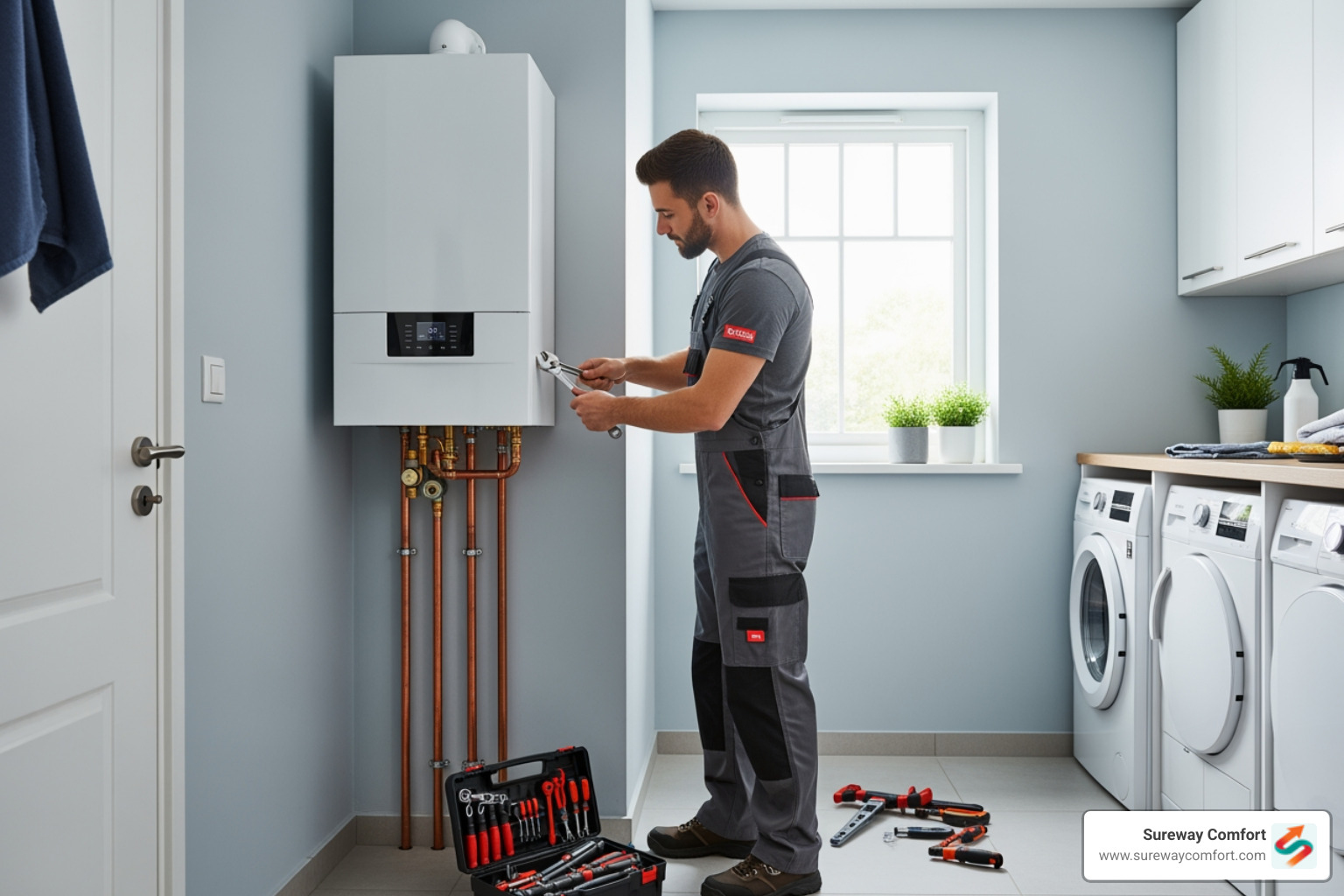

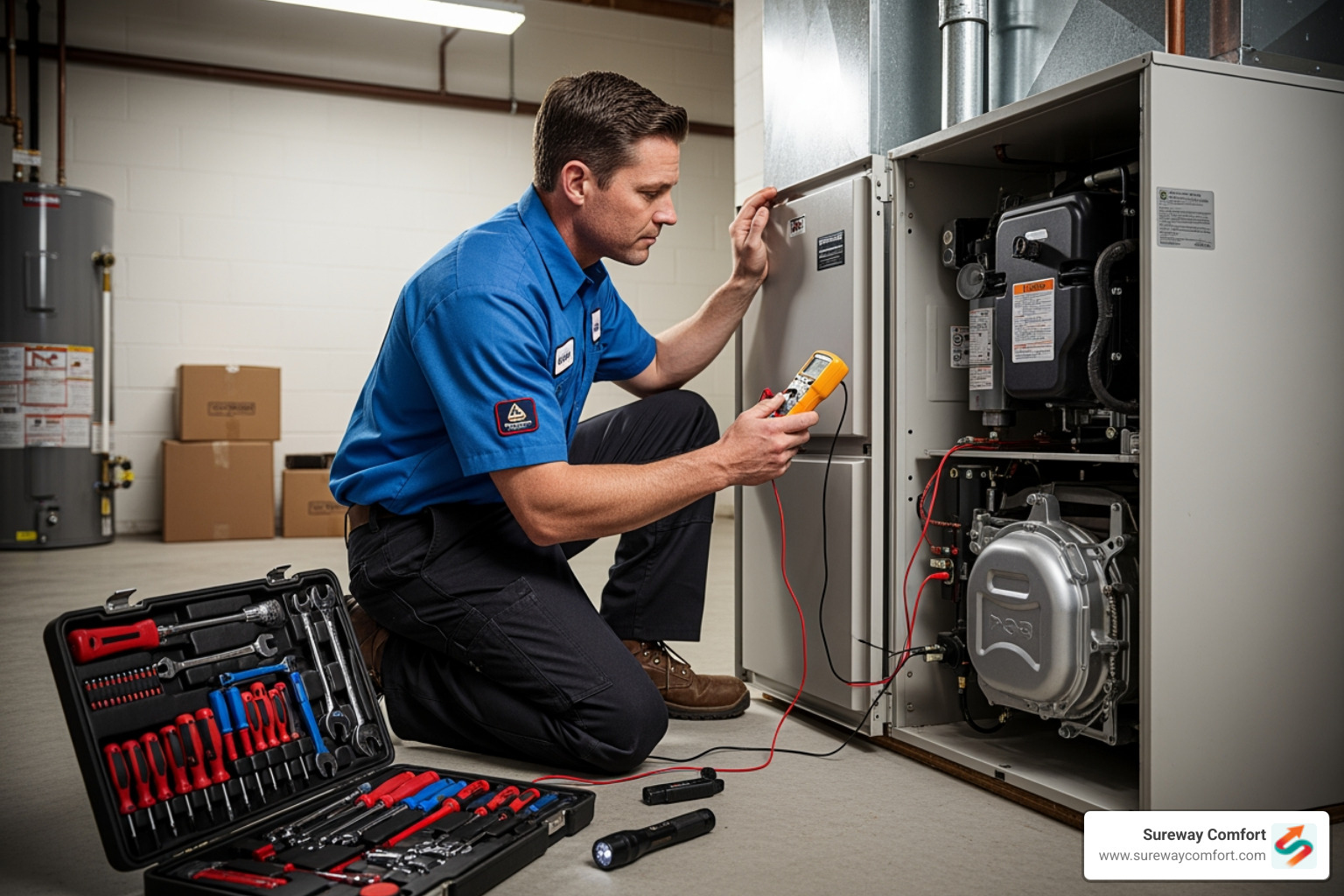





















.avif)



